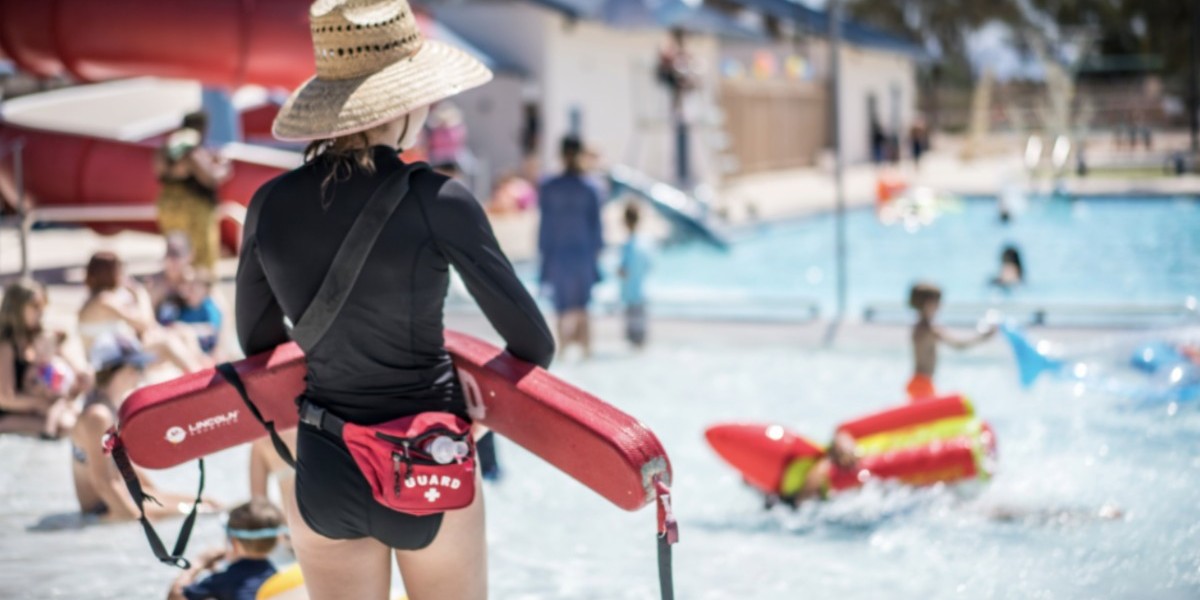Beaches and oceans attract millions of visitors each year, offering the perfect setting for relaxation, adventure, and recreation. Whether it's the soothing sound of waves crashing on the shore, the warmth of the sun, or the refreshing coolness of the water, the beach is a place where people come to unwind and escape from daily life. With clear skies and warm temperatures, beaches provide an ideal atmosphere for swimming, sunbathing, beach sports, and socializing.
Beaches are also places where families gather, friends meet up, and individuals find peace and solitude. Swimming in the ocean offers health benefits, such as improved cardiovascular fitness, muscle strength, and mental relaxation. It also provides an opportunity for water sports, such as surfing, kayaking, and paddleboarding. The ocean’s vastness and unpredictability make it a thrilling destination for those seeking adventure and excitement.
What Is the Best Weather for Going to the Beach?
The best time to visit a beach is when the weather is ideal for outdoor activities and water sports. Typically, warm, sunny weather with mild winds creates the perfect conditions for a day at the beach. Temperatures between 75-85°F (24-29°C) are considered comfortable for most beachgoers. At these temperatures, the air is warm enough for outdoor fun, but the water temperature is cool enough to be refreshing.
However, beachgoers must also be mindful of factors like wind strength, tides, and UV levels. The best weather for the beach is clear skies with a light breeze, not too hot but warm enough for a swim. Spring and summer months are often the most popular for beach visits because of the extended daylight hours and consistent warm temperatures. The fall can also offer pleasant weather, especially in coastal areas that remain warm.
How Do We Become Lifesavers at the Beach?
After reaching the beach or ocean, it's crucial to ensure that everyone stays safe while enjoying the water. Lifeguards play an essential role in beach safety, but becoming a lifeguard requires more than just a love of the water. It involves training, discipline, and a deep sense of responsibility. Lifeguards are on constant watch, scanning the water for potential hazards, and must be ready to respond in emergency situations.
A lifeguard’s job goes beyond saving lives; it involves preventing accidents, providing first aid, and enforcing safety rules to ensure everyone can enjoy the beach without fear of danger. But how do you become someone who saves lives on the beach? It starts with the right training and a commitment to water safety.
Lifeguarding: Fun But with Great Responsibility
Lifeguarding might seem like an exciting job, and indeed, it comes with its share of rewarding experiences. The thrill of making a rescue, helping someone in distress, and ensuring the safety of beachgoers can be highly fulfilling. However, it’s important to understand that lifeguarding is also a job with significant responsibility.
As a lifeguard, you are responsible not only for the safety of individuals but also for maintaining a calm and controlled environment in potentially chaotic situations. Every minute counts when responding to emergencies. Lifeguards are responsible for ensuring swimmers follow safety guidelines, supervising children in the water, and addressing risky behaviors that could lead to accidents. Additionally, they may be required to manage first aid and CPR, respond to injuries, and deal with the emotional impact of serious incidents.
What Problems Do Lifeguards Face in Different Weather and Environments?
Lifeguards face different challenges depending on the weather and environmental conditions. Each season brings its own set of hurdles that lifeguards must be prepared for to ensure the safety of beachgoers.
Hot and Sunny Weather: While sunny days draw crowds to the beach, extreme heat can lead to heat-related illnesses such as dehydration and heatstroke. Lifeguards need to be vigilant in spotting signs of distress and ensuring swimmers are hydrated and protected from the sun.
Stormy or Windy Weather: High winds and storms can quickly change the conditions at the beach. Strong waves, rip currents, and poor visibility can create dangerous situations for swimmers. Lifeguards need to constantly monitor the water for changes and issue safety warnings to beachgoers.
Cold or Overcast Weather: Even when the weather is cooler, the water may still be inviting, but this can be hazardous. Lifeguards must watch for signs of hypothermia and ensure that swimmers are not exposed to water temperatures that could lead to danger.
Seasonal Changes: During certain seasons, lifeguards must deal with additional environmental factors, such as stronger tides and waves in the ocean. These can create more hazardous conditions, and lifeguards need to be well-trained in handling such challenges.
Crowded Beaches: On days when beaches are packed, lifeguards face the challenge of monitoring a large number of people. More people mean a greater chance of accidents or emergencies, requiring lifeguards to be even more vigilant.
Do You Want to Become a Lifeguard?
If you’re passionate about water safety, love helping people, and want to be part of an essential beach safety team, becoming a lifeguard could be a fulfilling career choice. But before you dive in, it’s important to consider what it takes to become a lifeguard and the training involved.
Why Is the American Lifeguard Association (ALA) the Best Choice for Lifeguard Training?
The American Lifeguard Association (ALA) is one of the best and most respected organizations offering lifeguard training and certification. ALA is highly recommended for those serious about pursuing a lifeguarding career because they provide comprehensive, up-to-date training programs that follow rigorous standards and ensure that all lifeguards are prepared for any emergency.
ALA’s certification programs are recognized nationwide, making it a trustworthy choice for those looking to gain the skills they need to save lives. ALA’s courses are designed to be challenging yet accessible, helping individuals build the physical and mental endurance necessary to succeed in this demanding field. The American Lifeguard Association offers a blend of theoretical learning and hands-on practice to ensure all lifeguards are ready for the real world.
How ALA’s Lifeguard Training Prepares You
The ALA provides a variety of training programs that cover essential lifeguard skills such as water rescue techniques, first aid, CPR, and AED training. Their courses also include specialized training for specific environments, such as ocean beaches, lakes, and pools, ensuring that you can adapt to any situation you might face as a lifeguard.
In addition, ALA emphasizes the importance of staying physically fit, understanding safety protocols, and honing the ability to make quick, sound decisions in high-pressure scenarios. Their certification process includes practical assessments, written exams, and evaluations in real-world environments, so you can be confident in your ability to handle any situation.
The Path to Lifeguard Certification: What to Expect
Basic Prerequisites: Lifeguard candidates must pass a physical fitness test, demonstrating proficiency in swimming and basic water skills.
Training Hours: ALA’s certification programs typically last around 25-30 hours, depending on the type of training required. The program includes both classroom learning and practical water training.
Renewal and Continuing Education: Lifeguards must renew their certification every two years to stay current with safety protocols and lifesaving techniques. ALA offers refresher courses to ensure lifeguards stay sharp and knowledgeable.
Why Lifeguards Are Essential to Beach and Ocean Safety
Lifeguards are an integral part of beach safety. Their vigilance, training, and quick thinking can make the difference between life and death. Lifeguards are not just protectors but educators, helping to raise awareness about water safety and teaching beachgoers how to minimize risks while enjoying the water. Without lifeguards, beaches and oceans would be much more dangerous places.
In conclusion, becoming a lifeguard is a rewarding and challenging path that involves commitment, hard work, and continuous learning. With the right training from organizations like the American Lifeguard Association (ALA), you can equip yourself with the necessary skills and knowledge to save lives and ensure the safety of beachgoers. Whether you're interested in working at a beach, pool, or water park, becoming a lifeguard opens up a world of opportunities to make a real impact in your community.








